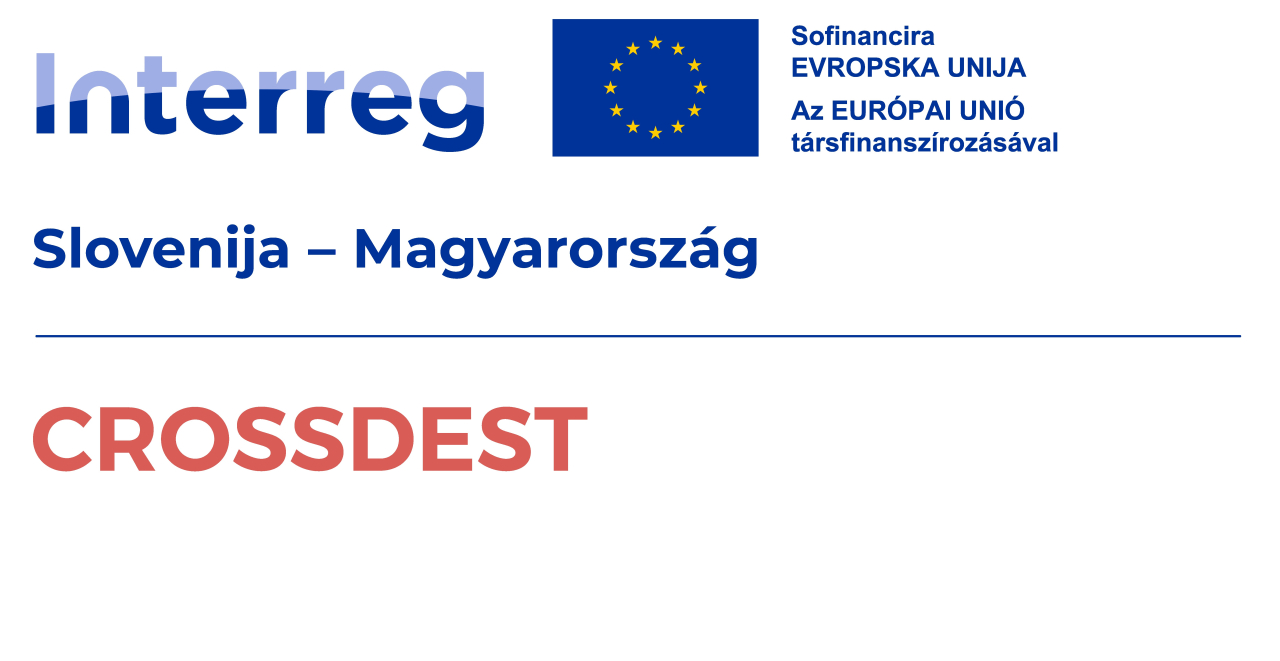-

Foto: Innotime -

Foto: Innotime -

Foto: Innotime -

Foto: Innotime -

Foto: Innotime
Cuevas de los Ermitaños
Las Cuevas de los Ermitaños de Szentkút son un ejemplo único de cómo la naturaleza y la espiritualidad, la historia geológica y la presencia humana pueden entrelazarse, mientras que el enfoque del turismo sostenible permite preservar estos valores para las generaciones futuras. El lugar es fácilmente accesible a pie y se integra perfectamente en las rutas temáticas de la región, los programas de geoturismo y las actividades de educación ambiental.
Más información
Al acercarse a Mátraverebély-Szentkút, en la ladera de Meszes-tető, se despliega ante los visitantes una singular pared rocosa blanquecina de casi 300 metros de longitud. Esta es una parte del patrimonio natural y cultural que narra tanto los antiguos procesos geológicos como la devoción espiritual de los ermitaños que vivieron aquí.
A Visit-Worthy Geotope in the Novohrad–Nógrád UNESCO Global Geopark
The cliffs consist of sandstone and lime-rich calcarenite layers formed during the Miocene epoch, around 14–15 million years ago. These sediments include fine volcanic debris and fossilised remnants of ancient marine organisms, reflecting the region’s former volcanic and marine environment. Over time, natural cavities formed in the looser layers—and during the Middle Ages, these were enlarged and shaped by human hands, giving birth to the hermit dwellings.
Geological Highlights
The rock faces of the hermit caves clearly display signs of ancient landslides and seismic activity. Distorted layering and structural displacements reveal the area’s tectonic history, offering not only scientific value but also educational potential. This geotope is ideal for outdoor learning, thematic walks, and school excursions focused on geology and sustainability.
In the Footsteps of Hermits
From the 13th to the late 18th century, these rock-cut cells were inhabited by Christian hermits seeking solitude, contemplation, and spiritual deepening. The dwellings form part of the Hungarian Catholic Church's sacred heritage and are closely linked to the nearby National Shrine of Mátraverebély-Szentkút, a living pilgrimage destination that still attracts tens of thousands of visitors each year.
Público objetivo
-
Excursión escolar
-
Familias con niños pequeños
-
Familias con niños mayores
-
Programas intergeneracionales
-
Grupos de amigos
-
Personas mayores
-
Parejas













